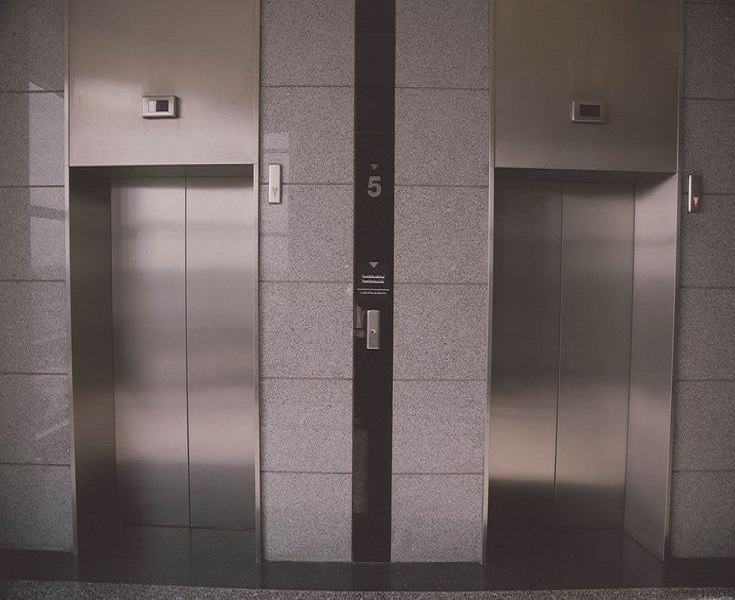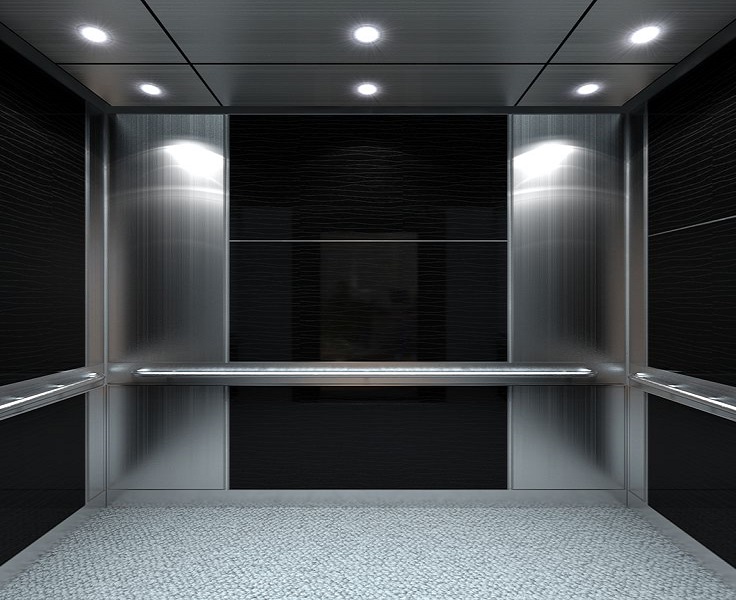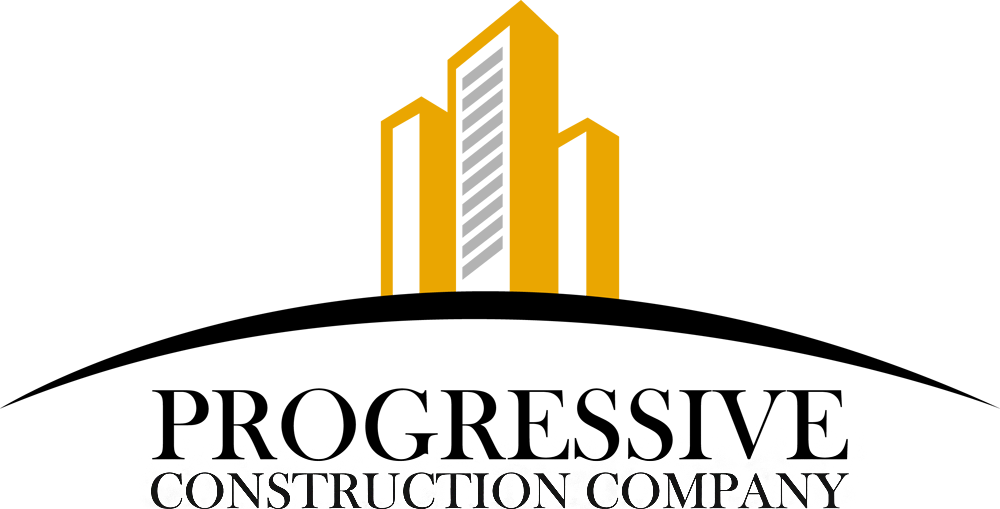Product Detail's
Commerical Elevator's
Commercial elevators are designed to move people and goods efficiently in buildings such as offices, malls, hotels, hospitals, and other public spaces. These elevators focus on reliability, speed, comfort, and safety to handle high-traffic environments. Here’s an overview of commercial elevators, including types, key features, applications, and considerations for installation and maintenance.
Commercial elevators are a vital part of modern buildings, providing reliable and efficient vertical transportation for people and goods. When choosing a commercial elevator, factors like capacity, speed, energy efficiency, and maintenance requirements are key considerations. With the right elevator system, businesses can enhance both the functionality and the user experience of their buildings.
Routine Maintenance
Qualified elevator technicians are required to conduct periodic inspections, lubrication of moving parts, adjustment of cables, and checks on electronic systems.
Emergency Call System
Elevators are equipped with emergency communication systems, usually an intercom or button that allows trapped passengers to call for help.
Door Sensors
Modern lifts use infrared or pressure sensors to prevent doors from closing if someone or something is blocking the entrance.
Safety Features
Elevators should not be used during a fire. They are usually equipped with fire emergency modes, which bring them to a safe floor if a fire alarm is triggered.
Modernization Services
As elevators age, they may require modernization to bring them up to current standards. This can involve upgrading components like motors, control systems, and safety features.
Backup Power Supply
In case of power failure, elevators are equipped with a backup battery or generator to ensure passengers aren't trapped and the lift can safely reach the nearest floor.













.png)